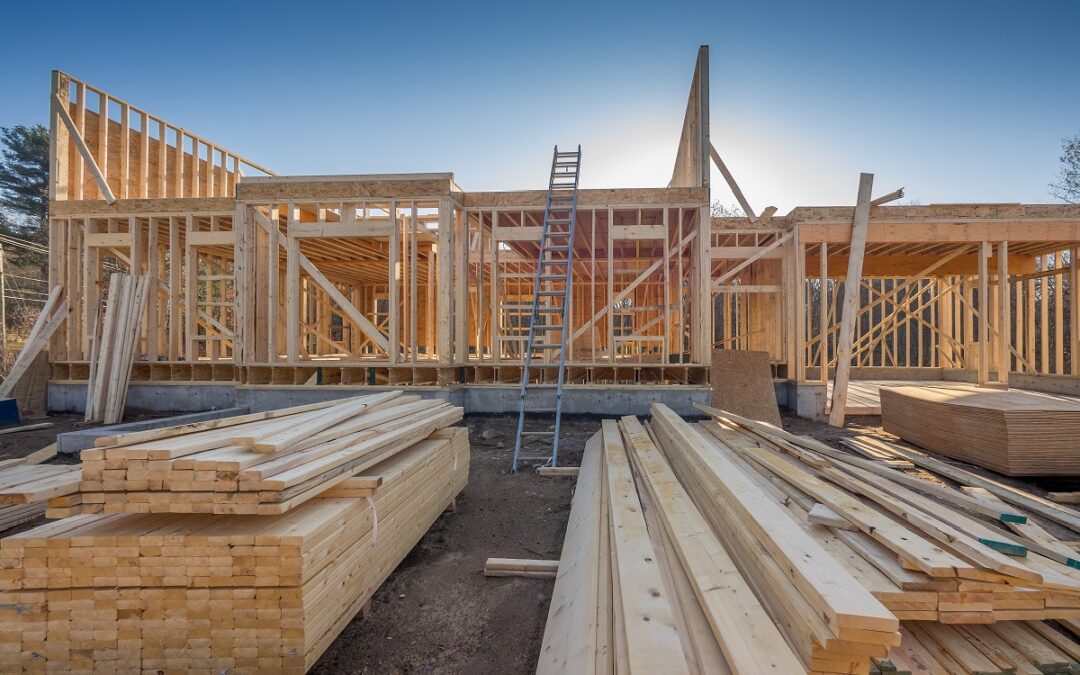In commercial construction in Minnesota, the statute of limitations for suing a contractor depends on the nature of the claim. Contract claims generally have a six-year statute of limitations, while tort claims have a two-year statute of limitations. However, there are exceptions, especially for construction defect claims.
Construction defect claims in Minnesota are subject to a ten-year statute of repose, which applies to contractors, architects, and other design professionals involved in the project. This means that claims for damages resulting from a construction defect must be filed within ten years of the substantial completion of the construction project.
New Construction Warranty Law in Minnesota
Minnesota also has a new construction warranty law that provides additional protection for those who purchase newly constructed buildings. This law requires builders to provide a written warranty covering certain defects in materials and workmanship for one year after the building’s sale. The warranty also covers major construction defects for ten years after the sale.
If a building owner discovers a construction defect after the expired warranty period, they may still file a lawsuit. However, the ten-year statute of repose still applies, and any lawsuit must be filed within ten years of the substantial completion of the construction project.
When to File a Construction Defect Lawsuit
A faulty construction lawsuit may arise when a contractor fails to perform work according to the construction contract, uses substandard materials, or does not complete the job on time. Construction lawyers can benefit building owners by ensuring the contractor complies with relevant laws and regulations and protecting their interests in case of a dispute.
The Commercial Construction Statute of Limitations in Minnesota
In addition to the specific regulations outlined in construction defect claims and new construction warranty law, there are other considerations to keep in mind regarding the commercial construction statute of limitations in Minnesota.
First, it is essential to note that the statute of limitations for different types of claims may vary depending on the circumstances of the case. For example, claims involving fraud may have a longer statute of limitations, while claims involving personal injury may have a shorter statute of limitations.
Second, the statute of limitations for a claim may also depend on the parties involved in the case. For instance, claims against a government entity may have a shorter statute of limitations than claims against private contractors.
Third, the clock on the statute of limitations typically starts ticking when the injury or damage occurred or was discovered. However, there may be exceptions to this rule depending on the nature of the claim and the circumstances of the case.
Overall, it is essential for building owners that contractors, architects, and other design professionals know the statute of limitations in Minnesota regarding commercial construction. By working closely with construction law attorneys and staying up to date on relevant laws and regulations, parties can protect their interests and avoid legal disputes down the line.
Conclusion
It is important to remember that not all defects are immediately apparent, and some defects may not be discovered until years after the construction project is complete. These are known as latent defects. Minnesota law recognizes the concept of latent construction defects, and the statute of repose is extended for latent defects. To pursue legal action against a contractor in Minnesota, it is essential to consult an experienced construction law attorney to ensure that all relevant laws and regulations are considered.
If you have questions about construction defect claims or their statute of limitations, contact Joseph Wetch at 612.336.9335 or jwetch@lommen.com.

